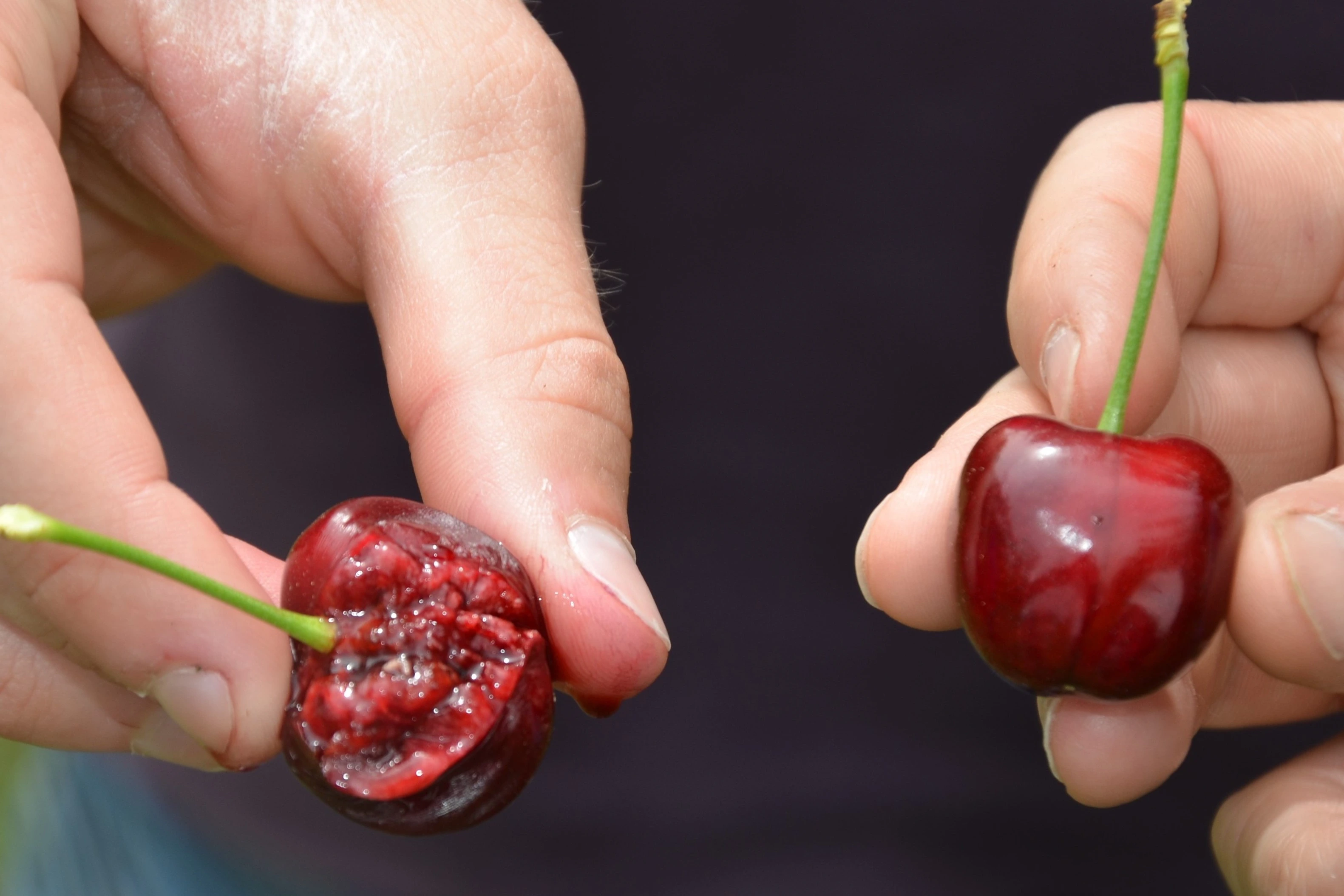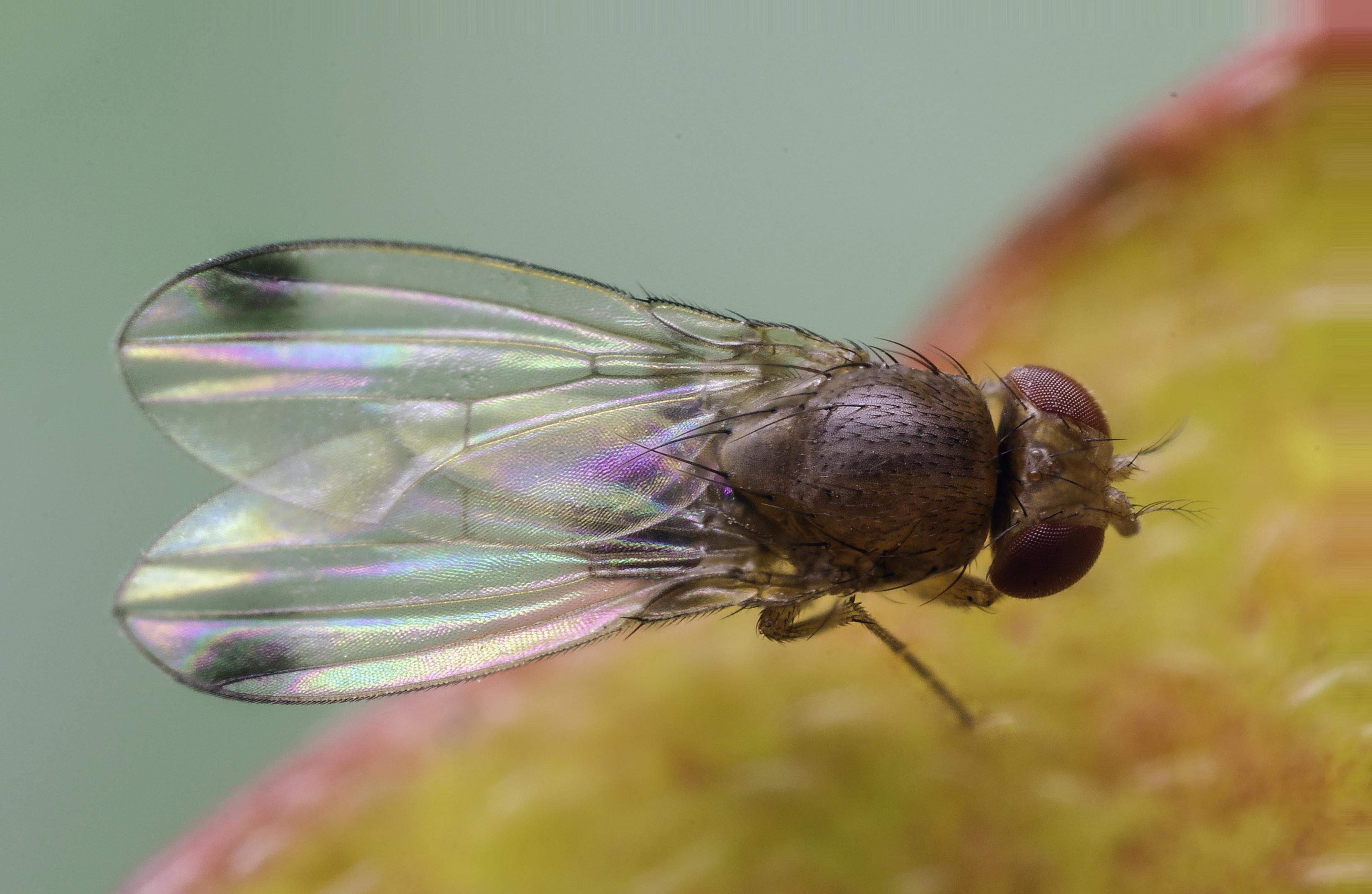Cherry trees are beloved for their beautiful white blooms in spring and juicy red fruits in summer. Their productivity is, however, threatened by global warming. Goeckeritz and colleagues analysed floral development in sour cherry and their results published in the Journal of Experimental Botany can help to breed cultivars that are better adapted to future temperature regimes.
Springtime in Japan is the time of Hanami, the century-old tradition of viewing the majestic white and pink blooms of ornamental cherry trees. Hundreds of thousands of people, among them many visitors from all over the world, fill the parks to celebrate this annual festival of huge cultural importance.
The enjoyment of nature’s beauty is, however, short-lived since cherry blossoms only last for a few days. The delicate flowers’ brief lifetime reminds spectators to fully embrace the moment, to make peace with the impermanence of all things, and to accept the inevitability of change.
Cherry blossoms and climate change
Hanami is an invitation to see cherry blossoms as a metaphor for life itself – beautiful, yet ephemeral. Cherry blossoms, however, have also become alarming signifiers of concerning environmental changes that cannot be stoically accepted.
Historical records of the cherry blossom festivals in Kyoto reaching back over 1,200 years show progressively earlier blooms since the beginning of the 19th century, most likely caused by global warming as a result of increased industrialisation, and most pronounced in urban areas.
While cherry trees used to flower on average in mid-April in Kyoto, peak blooms are nowadays often already reached in late March, with the 26th of March 2021 being the earliest since record tracking began.
Impacts on ecosystems and agriculture
Early flowering not only affects the timing of Hanami but can also have drastic consequences for fruiting and productivity. Young flowers are vulnerable to cold temperatures, and early blooms increase the risk of damage from spring frost.
If the current warming and early flowering trend continue, trees may even no longer synchronise with peak pollinator activity, ultimately disturbing the whole ecosystem dynamics. Spring frost is also a major challenge in the global production of other fruit trees such as apple, plum, and peach, all of which show a high sensitivity of flowers to cold post-bud break.
Significant yield losses have been recorded in recent years due to frost-induced fruit abortions. Changes in cultural practices and genetic improvements will be required to adapt to the changing climate.
Genetic basis of bloom time
For cherry trees, bloom time is a highly heritable trait that can vary widely between genotypes, making breeding for late bloom a promising approach. A prerequisite for this is a profound understanding of the underlying genetics and physiology.
Floral initiation in fruit trees occurs from late summer to autumn. The buds remain dormant during winter and require a cold period to enable bud break in spring. Once the chilling needs are fulfilled, warm temperatures elicit blooming and promote growth until full flower opening.
A detailed study by Charity Goeckeritz and colleagues now extends our knowledge of flower development in sour cherries (Prunus cerasus) and shows, for the first time, that bloom time is already determined long before the onset of bud dormancy in the previous year.
Research findings and future directions
The authors examined a population of genetically closely related sour cherry trees with blooming time differences of up to 10 days. For two years, they regularly sampled shoot apices in floral position to compare early- and later-bloomers.
Painstaking microscopic analysis revealed the first morphological differences as early as July, when early-bloomers transitioned from vegetative growth to floral initiation, and they remained developmentally ahead of late-bloomers throughout dormancy until flowering, with differences between the groups becoming more pronounced in spring.
Early-bloomers were also found to have lower chilling requirements and to respond more quickly to warm temperatures, indicating a shallower state of dormancy. Plant hormones are known to be important components of the temperature-sensing mechanism, and interestingly, genetic analysis revealed several enzymes involved in hormone synthesis among the key candidate genes underlying the blooming time differences.
The data also show that the gene versions responsible for a late bloom have presumably been inherited from the very late-blooming ground cherry (Prunus fruticose), one of the progenitors of the sour cherry.
Implications for breeding
The shift in bloom time observed in recent years should increase public awareness of the impact of anthropogenic climate change and provoke behavioural changes to stop overheating the planet so that future generations will still be able to indulge in the many riches of the cherry tree.
Meanwhile, combined efforts of researchers and breeders are required to develop trees that are better adapted to future temperature conditions. The study presented by Goeckeritz and colleagues paves the way for marker-assisted breeding strategies.
Based on their detailed tissue analysis, the authors have also developed a new staging system to describe the transition from vegetative to reproductive growth in fruit trees, which will enable future studies of early developmental processes in other species.
Mareike Jezek
Botany One
Cherry Times - Tutti i diritti riservati












